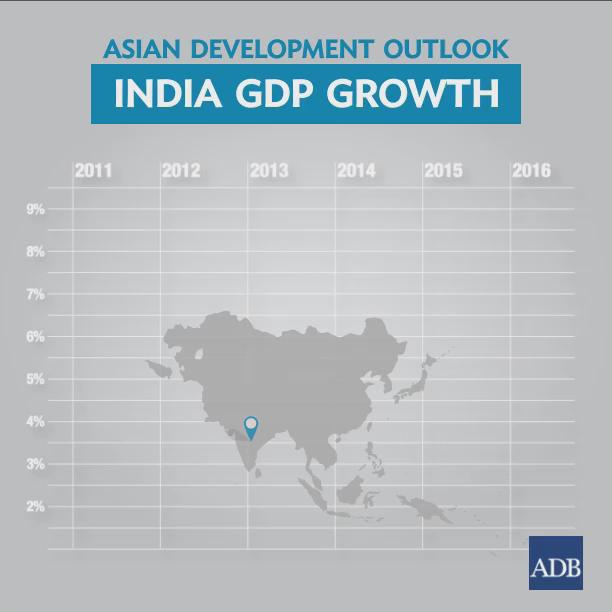The Big Trends in Technology Affecting Education: a few points:
Mobile And Digital Technology
o New Learning Curve- Any time Any where Education-Mobility
of Education using technology
o Mobile
devices, such as smart-phones and tablets, become instruments of educational
inputs
o People
do not just surf, search or connect from their home computers but use a variety of instruments to access knowledge-
Digital Security and Privacy
o Security
and Privacy issues
o Authentication
and biometrics .
o Access
Controls both at aggregate and
disaggregated levels.
o Multi
factor authentication
o Educational Institutions (EIs) to implement strong authentication and data
encryption
o To
protect the education institutional data in the cloud
Cloud Computing-
o Economies
of scale- cost savings
o Delivery
model- interconnected and on tap
o On
demand access to shared pool of computing resources-
o Flexibility
in utilizing computing resources.
Big Data
o Data
generated within EIs.
o Data
generated by inter connected stakeholder institutions
o Data
generated by on-line social networking and sensor networks
o Data
collected by governments and educational institutions
o Tapping
a universe of digital information that is growing at over 50% each year.
o EIs
can use big data techniques to derive insights on student behaviour and faculty deployment patterns.
Sensors and the
Internet of Things : Robotics learning machines:
o New complementary learning machines:
o Computers
that can think.
o Machines
that can converse (m2m)
o Traditional
computing machines and algorithms are programmed to carry out specific tasks when
responding to educational ; now software will write to make machines talk and
rearrange
o It
is the age of cognitive machines which are designed to learn from the data that
they possess,
o Machines
programme themselves to perform new tasks.
o Machines
continuously adapt to new data as well as feedback and inputs gathered from
their experiences, including interactions with humans.
Building New
Skills and Competencies in Technology.
o Technology
will dis-intermediate in good measure
o Make
affordable the educational sector,
o It
will create new type faculties who are powered by technology
o Educational
professionals will need new capabilities.
o Skills
and expertise based on technological
pedagogy.
o Building
capabilities and opportunities in Educational Technology
o Emphasis
on futuristic skills.
- An innovative culture - awareness of adaptive
innovation- innovation is not always about being high-tech but being more
high touch.
- Re- designing better work processes and creating
new education models
- Enabler technology both efficient and effective.
Development Initiatives for a Smart Educational Centre
o Building
of industry-wide technology infrastructure that is required for the delivery of
new, integrated educational services
o A
multi-agency effort to guide the development of efficient digital study systems
o Need
to evolve a conducive regulatory environment,
o Chart
strategies for a Smart Educational Centre
o Educational Sector Technology & Innovation
scheme to provide educational support
o A
technology-enabled regulatory reporting system
o Smart
surveillance for data trends
o Supporting
an education-tech ecosystem
o Building
skills and competencies in techno-pedagogy.
o Establishing
Innovation centres: EIs to set up their R&D and innovation labs
within smart cities; generate ideas and innovations that EIs could adapt and
adopt
o Provide
a platform for collaborations with the education sector to produce innovative solutions for educational
problems and needs.
o Macro
-level projects: to catalyse the development by EIs of innovative solutions
that have the potential.
o A
centralized record-keeping system
o A
shared infrastructure for a know-your-student utility;
o A catastrophe data inventory storage and analytics centre..
The author can be contacted at jaynayar@gmail.com






